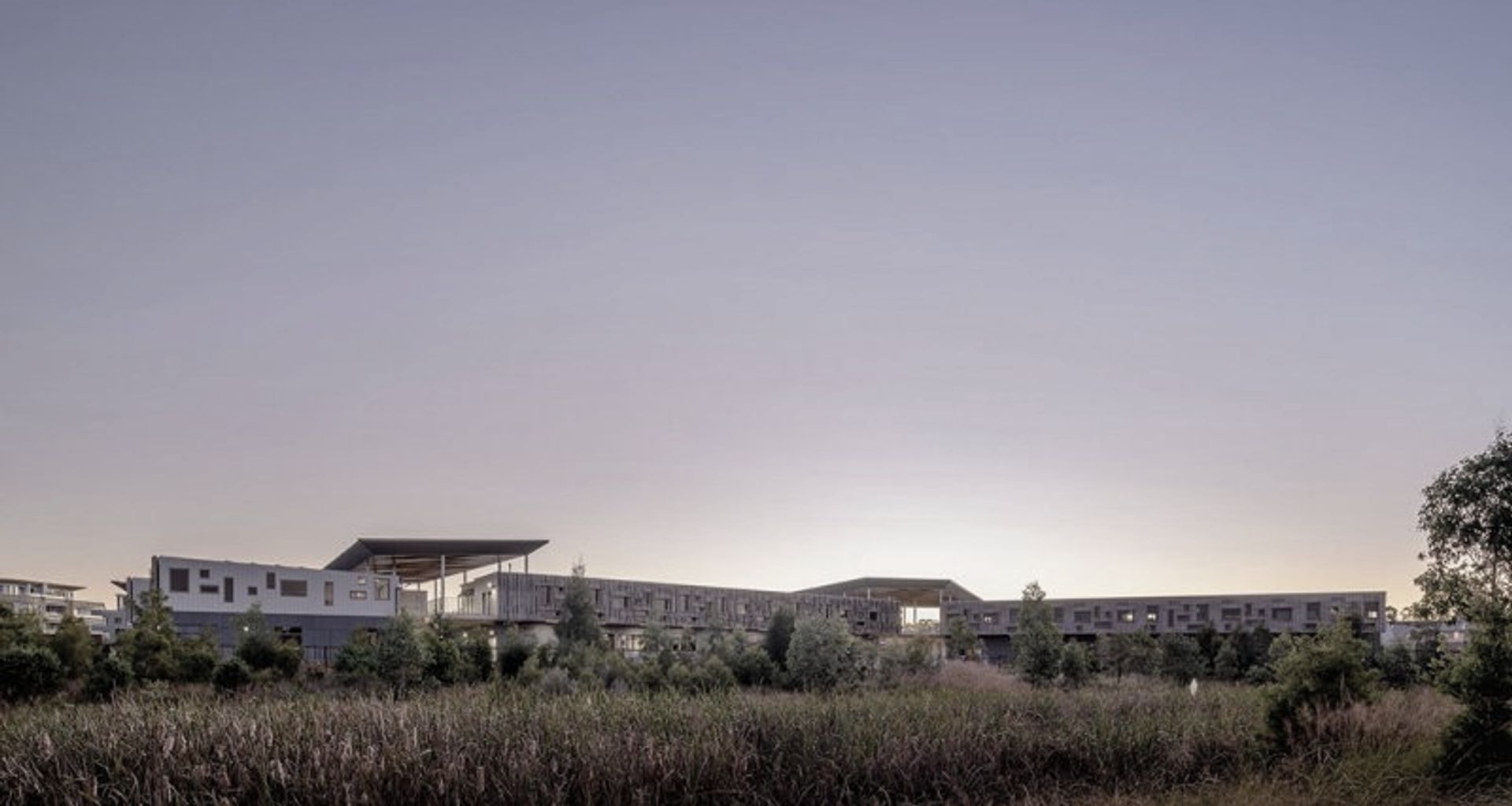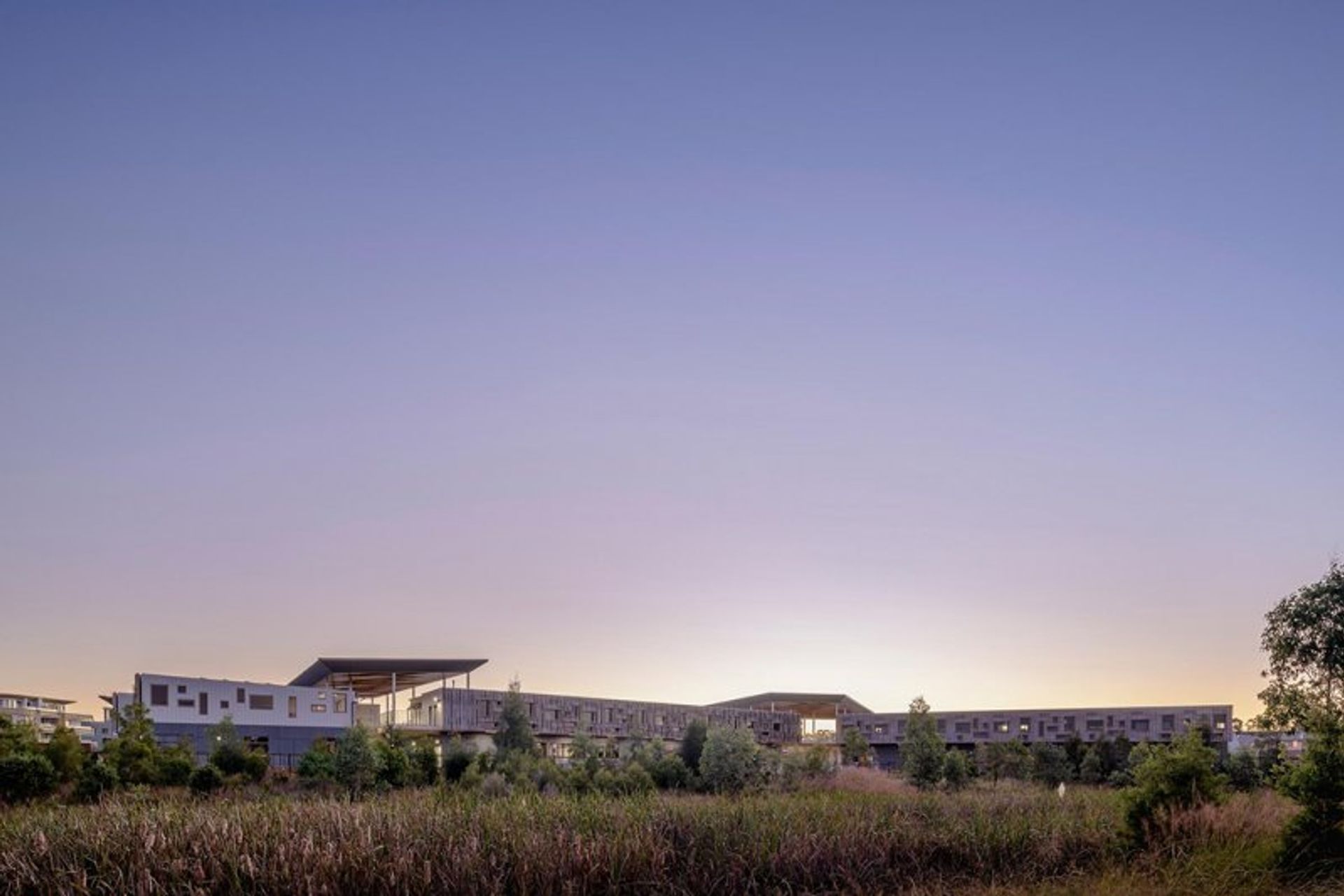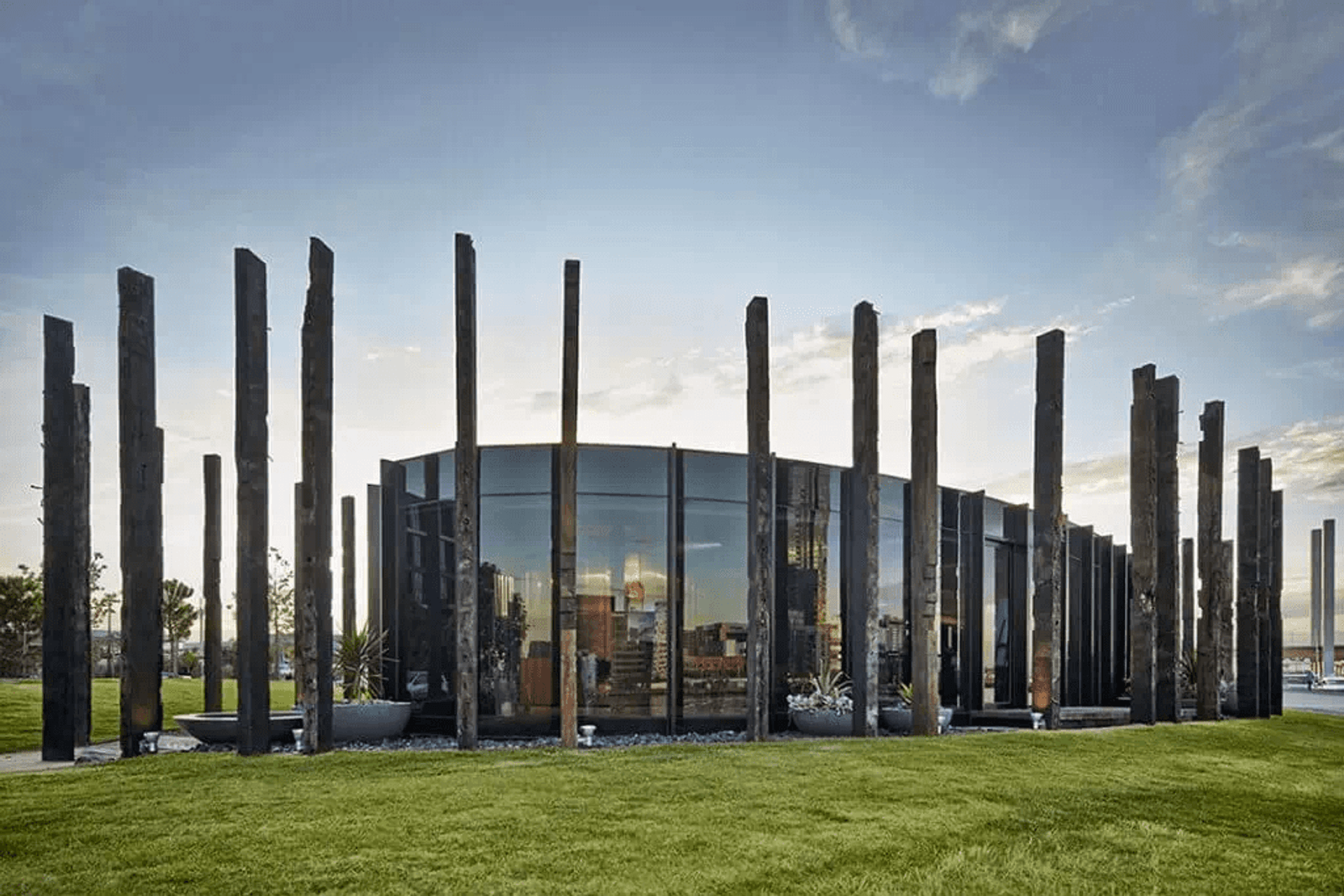Modular: The Most Sustainable Way to Build


In Australia, it is estimated that the construction and demolition industry contributes around 40% of Australia’s overall landfill, in the form of demolished materials, off-cuts, land excavation and packaging. In 2017, this number sat at 10.4 million tonnes.
As the construction industry has experienced significant growth over the past two decades – and particularly exponential growth over the past year – this waste contribution is only increasing.
Worldwide, various strategies have been put in place as attempts to minimise the industry’s waste contribution, including levies, extended producer responsibility schemes and recycling initiatives. However, these approaches all ignore the imperative concept of the waste hierarchy. The waste hierarchy was the basis behind the famed ‘Reduce, reuse, recycle campaign and states that the first priority in sustainability management is to reduce consumption. If this is not available, then appropriate ways of reusing and recycling should be implemented. The very last option – only if all others aren’t possible – is to resort to a landfill.
So how can the construction industry begin to reduce its consumption and its waste contribution? Modern methods of the building – such as design for manufacture and assembly (DfMA) and modular – provide the answer.
Various studies conclude that modular prefabrication is the most sustainable way to build, and this is due to a number of factors.

The use of standardised material dimensions
Material waste accounts for an average of 10% of a project’s total construction cost and can be in the form of an over-supply of materials, off-cuts or damaged materials. Modular prefabrication and DfMA, however, reduce this waste by 80% thanks to their considered and synergised approach to building.
A DfMA approach to building carefully considers both the efficient use of materials and the manufacturing process during the architectural design stage of a project. This methodical and assembly-line approach to construction means that every nail, sheet of plaster and tile is accounted for before manufacture even begins – so nothing is ever overordered. Standardised material dimensions are also used resulting in minute amounts of off-cuts.

A lowering of emissions
With modular prefabricated manufacturing, each project is completed to around 90-95% in a factory. This centralised off-site location results in a significant lowering of carbon emissions – by up to 60% – usually associated with transporting materials and labour to a traditional worksite. The single work location also makes tracking and improving carbon footprints significantly easier.
The minimisation of on-site works also results in a decrease in machinery and vehicles on-site, reducing the impact on surrounding ecosystems and the natural topography.
Further lowering a modular project’s C02 consumption is the sped-up timeline. A shorter build timeline (Modscape projects are manufactured within 12 weeks) results in less energy required over the project’s construction period, equating to a lower C02 requirement throughout each project’s manufacture.
Overall, it is estimated that modular construction reduces energy consumption during the building process by around 67%.

The opportunity to relocate
A significant portion of the construction industry’s contribution to waste comes from demolition – an often-necessary element of the built world, however in some cases, an event that can be avoided with a modular build.
While Modscape projects are designed as site-specific, permanent building solutions, there is the option for them to be engineered for relocation. This is particularly useful for sectors such as real estate development and healthcare, which face rapidly changing requirements. The ability to relocate a building reduces waste, as well as the demand for raw materials and minimises the energy expended to create a new building, while also presenting the opportunity to on sell the building if it is no longer required rather than knocking it down.
As populations and cities expand, the demand for construction is only set to grow, and it is imperative that, as an industry, steps are taken to minimise our effect on the environment in every way possible. Modscape is proud to construct buildings that are not only passively designed, considered in their material selection and require minimal energy to operate, but are also constructed in the most sustainable way possible – modular
